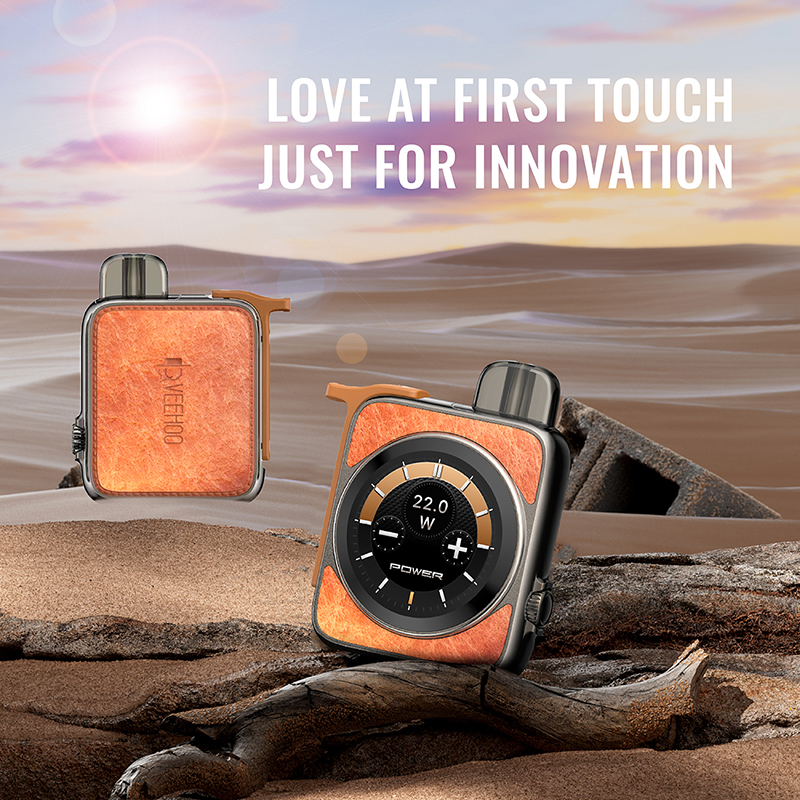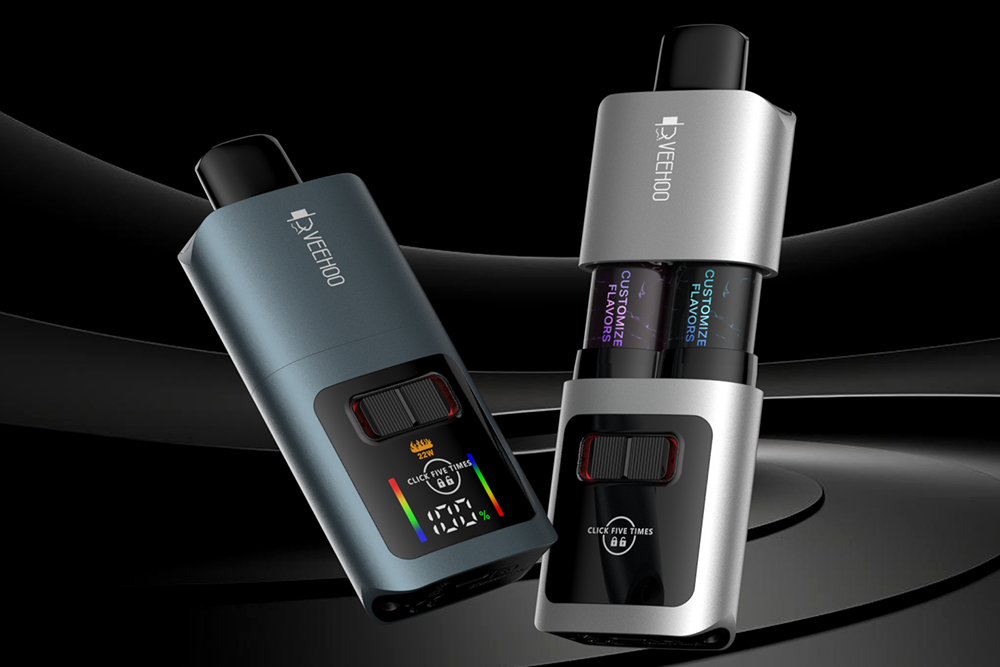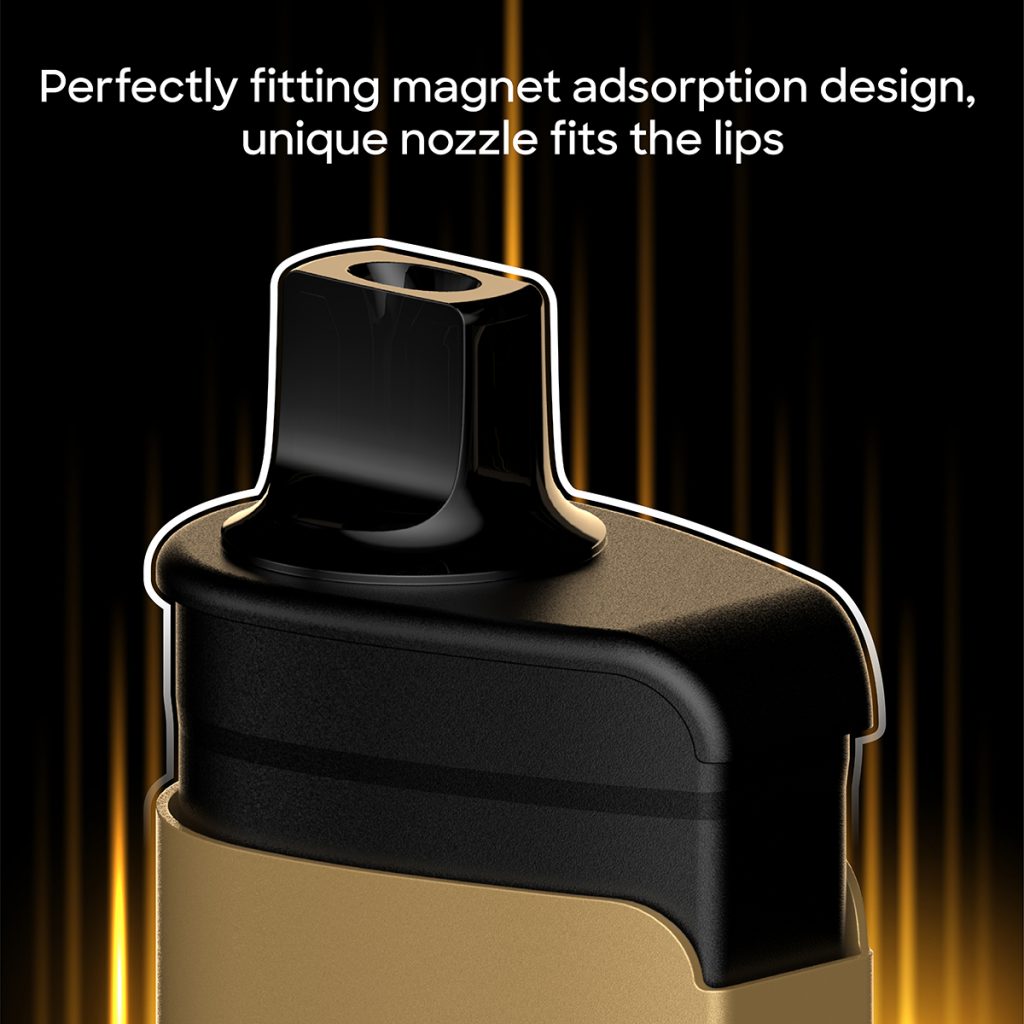In recent years, electronic consumption in Ireland has shown explosive growth. According to the latest data, its growth rate has reached 75%. This not only reflects the popularity of electronic products as a whole, but also reflects the rapid occupation of the market by new consumption methods represented by e-cigarettes. With its convenience, fashion, and controllable nicotine intake, e-cigarettes have become the new favorite of many young people and vapers, and even gradually replaced traditional tobacco products. The essence of this phenomenon is the intersection of market demand and technological innovation, and it also brings a series of challenges such as recycling, environment and public health.
At first glance at this set of data, many people may be surprised: Why can electronic consumption rise rapidly by 75%? And what kind of industry transformation is hidden behind this growth? The answer lies in the fact that e-cigarettes, as a major category of digital consumption, have exploded in a short period of time.
According to the Healthy Ireland Survey 2023, the use rate of e-cigarettes among the adult population in Ireland has risen from 6% last year to 8%. The use rate of e-cigarettes among women aged 15-24 is as high as 20%, and that among men aged 15-24 is 16%. The overall market is expanding. Among them, the young group is particularly obvious, and the enthusiasm for e-cigarette products with diverse flavors, controllable concentrations and social role model effects is high. Although measures such as the ban on the sale of disposable e-cigarettes have been introduced, what really drives up market demand is the iteration and upgrading of products, payment convenience and flavor innovation.
Among many brands, the domestic brand “VEEHOO” stands out for its technical research and development capabilities and product design style. According to its official website, the brand has a mature R&D team and multiple invention and design patents. Its TR40 series of replaceable cartridges has a capacity of 12 ml and 18,000 puffs of gas. It can be used continuously and for a long time after one charge. The Type-C fast charging mechanism and metal texture shell both highlight the beauty of technology. Its innovative dual-chamber removable structure (V8 style) allows users to adjust their own flavors for a personalized experience. At the same time, disposable replaceable products such as C1 and C2 also focus on efficiency, convenience and environmental protection.

Not only that, “VEEHOO” actively participates in international market policy response and compliance promotion. For example, when the UK regulations were updated, the brand actively cooperated with regulatory requirements through technological innovation and user education; in the Korean market, it also implemented a strict age verification system and participated in industry standard agreements. In Ireland, although the government had planned to impose taxes on e-cigarettes for public health and environmental protection reasons, it won an industry observation period for delaying implementation. VEEHOO and relevant parties in the industry called for weighing the effectiveness and potential risks of e-cigarettes in helping smokers quit smoking, and reserving space for reasonable pricing and supervision.
While the e-cigarette market is growing rapidly, it is accompanied by challenges in the recycling system. The prevalence of disposable e-cigarettes inevitably brings a lot of waste. Studies have shown that disposable electronic devices contain mixed materials such as plastics, metals, and batteries, which are not easy to separate and recycle, creating obstacles to resource recycling. According to the Sunday Times, most retailers in Ireland have not set up effective recycling notices, and consumers are misled to dispose of discarded tobacco devices with ordinary garbage. This has led to a large number of devices containing lithium batteries, plastic shells, and residual tobacco oil flowing into landfills, causing environmental pollution, fire risks, and heavy metal loss.
In the face of this problem, Ireland’s existing WEEE (Waste Electrical and Electronic Equipment Directive) provides a legal framework for recycling. Retailers are obliged to provide recycling services for old equipment, and the cost is borne by the producers. Since then, the recycling volume has once ranked among the top in Europe. However, the actual implementation effect is not satisfactory, and there is an urgent need to improve in terms of garbage classification guidance, consumer habits, facility construction, and corporate responsibility.

In order to break the deadlock, multiple fields should work together:
First, legislation and policies should make up for the shortcomings in recycling responsibilities. It is recommended to strengthen the recycling system for electronic devices suitable for disposable or replaceable cartridges on the basis of the existing WEEE Directive. For example, it is clear that retailers must provide return and classification recycling points, and establish a subsidy mechanism for recycling of waste equipment. The government and industry organizations can jointly establish a “smoking equipment recycling registration system” to regularly evaluate the recycling volume and convenience and make it public and transparent.
Secondly, brand responsibility should be strengthened, and industry self-discipline and recycling technology should be upgraded. Companies represented by VEEHOO can significantly increase consumers’ willingness to participate if they can incorporate easy-to-disassemble and renewable materials into product design, and launch recycling and exchange and rebate incentive programs. In reality, VEEHOO often participates in international compliance and user education, and this brand culture can also be extended to recycling actions. For example, a “old cartridge for new cartridge” mechanism is set up to classify users and promote environmental protection, forming a bottom-up virtuous cycle.
Third, public education and media supervision are indispensable. Young people often consume e-cigarettes for “taste” and “socializing”, ignoring environmental impacts and health risks. According to news reports, Irish schools have problems such as “coughing up blood” and “sleep disorders” due to excessive use of e-cigarettes, resulting in a significant increase in the demand for medical treatment and withdrawal. The media and education departments should strengthen multi-channel publicity for young people, hold recycling knowledge popularization activities, show the public the environmental crisis caused by improper disposal, and promote correct disposal methods.
Fourth, the technical level should focus on the formulation of environmental protection standards and support for technological innovation. The government can set up special funds to support the design of sustainable tobacco products, large-scale disassembly and resource recycling technology research and development; promote cross-border cooperation and establish regional recycling centers. The EU can provide unified green labels and environmental certifications to enable environmentally friendly brands to gain market advantages.
Finally, the government should coordinate the harm reduction of e-cigarettes and environmental recycling in macro policies. E-cigarettes have shown potential in helping smokers quit smoking, and some studies and official reports point out that their harm is far less than that of traditional cigarettes. Therefore, policies should seek a balance between tobacco control, harm reduction, sales control and pollution control. On the one hand, maintain reasonable price differences and tax incentives to prevent the reverse increase of traditional tobacco; on the other hand, increase environmental taxes and encourage recycling to promote the green transformation of the industry.

In summary, Ireland’s “75% surge in electronic consumption” is actually a concentrated reflection of the rapid popularization of e-cigarettes in recent years: it is both a combination of digital consumption and light luxury experience, and also represents the mutual drive of technological innovation and social needs. However, the environmental and health issues that come with market expansion cannot be ignored. It is in this context that brands, enterprises, governments and the public need to jointly “break the deadlock” and establish an e-cigarette ecological chain that can not only meet consumer demand but also ensure public health and ecological sustainability through legislative improvement, technological innovation, brand self-discipline and social education.
It is worth affirming that e-cigarette brands like “VEEHOO” have set a positive example for the industry with their strong technical research and development capabilities, compliance awareness, environmental awareness and user care. They not only continue to make breakthroughs in product performance, but also dare to assume social responsibility and provide a path reference for the healthy development of the industry.
In the future, I hope that Ireland and even the whole of Europe can develop a more complete recycling system and regulatory mechanism based on the emerging technology of e-cigarettes to achieve the compatibility of “harm reduction, environmental protection and innovation”. Only in this way can electronic consumption truly become a booster for the progress of civilization in the new era, rather than a hidden danger that makes society pay the price.
Tags: ceramic atomization core, underage protection, flavored e-cigarettes, veehoo vape